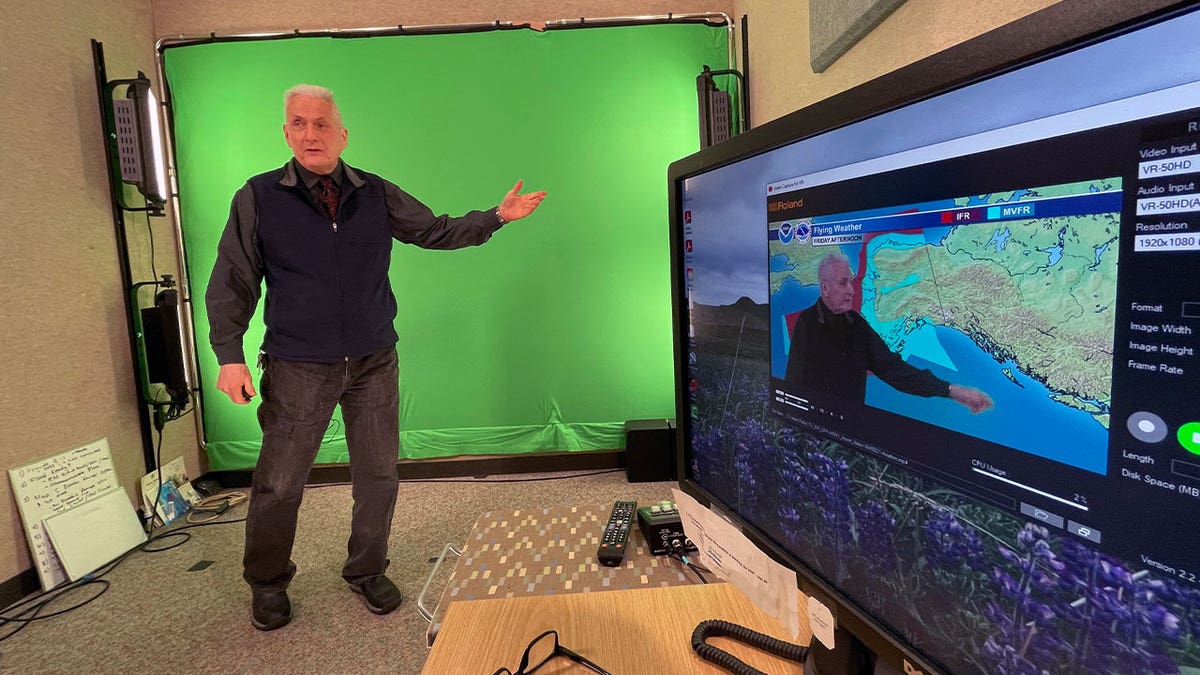For 47 years, "Alaska Weather" has been essential viewing, offering specialized forecasts for mariners, aviators, and residents navigating the state's challenging conditions. However, this vital resource, the sole weather program produced by the National Weather Service, is transitioning from its traditional television broadcast to an online-only format on YouTube starting Friday. This shift is driven by financial considerations, ending its distribution via public television stations in Juneau and Fairbanks.
This change raises significant concerns about access for vulnerable populations in remote Indigenous communities. Unreliable internet service and a lack of comfort with technology among some older residents create a digital divide, potentially leaving them without crucial weather information.
For residents like Morris Nashoanak of Stebbins, a Yup’ik village, the internet's inconsistency poses a serious problem. Knowing the weather is crucial for subsistence hunting and fishing, impacting decisions about fuel expenditure for ATVs and boats, especially with gas prices exceeding $6 a gallon. Nashoanak emphasizes the program's critical role as a dependable source of information.
The financial challenges behind the transition stem from a funding shortfall. Alaska Public Media, which distributed the program, requested $50,000 annually from the federal government to cover costs. While the National Oceanic and Atmospheric Administration initially agreed, a subsequent review revealed the actual annual cost to be $200,000, making the existing arrangement unsustainable.

The program's historical significance is highlighted by Allan Eustis, the original anchor in 1976. He recalls witnessing the program's impact during visits to remote Alaskan villages, where residents relied on it for crucial information, particularly for subsistence whaling. The program's move to the weather service's Anchorage office in 2017, where a makeshift studio was created, further underscores its dedication to serving the community.
Two meteorologists diligently produce the show year-round, creating forecasts, maps, and filming segments that are then compiled into a 30-minute program. Now, these segments will be uploaded to a National Weather Service YouTube channel.
Experts like Rick Thoman, a climate specialist at the University of Alaska Fairbanks, express concerns about the impact of this transition on those with limited internet access, emphasizing the challenges of obtaining weather information in western and northern Alaska. While recent government initiatives aim to improve broadband infrastructure, the implementation will take time, and even with improved connectivity, disruptions like the recent fiber optic cable cut in the Beaufort Sea can sever access.
Both the weather service and Alaska Public Media remain open to discussions and are exploring alternative delivery methods, including radio programs and podcasts. However, these options lack the visual component crucial for conveying weather information effectively.








